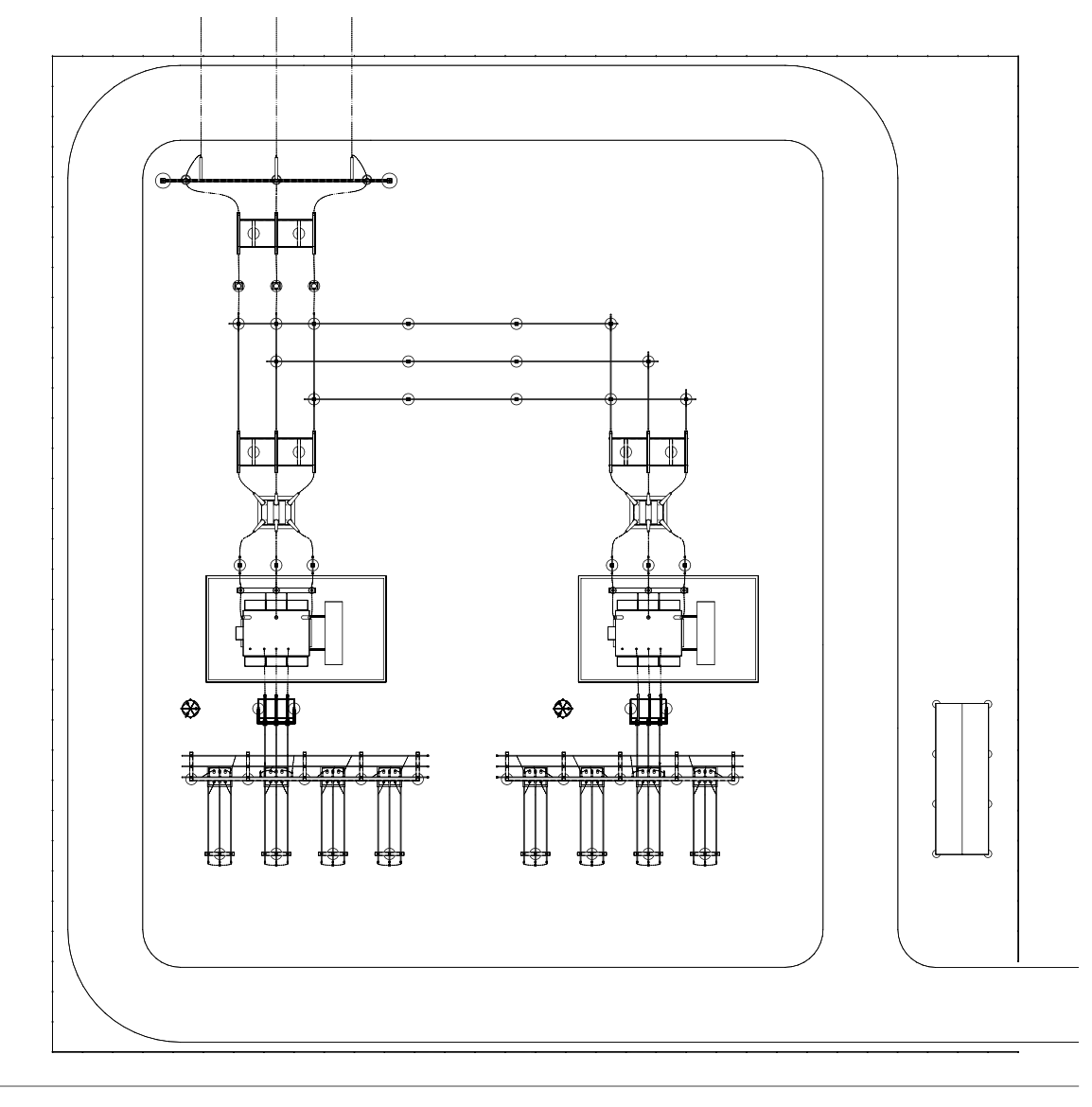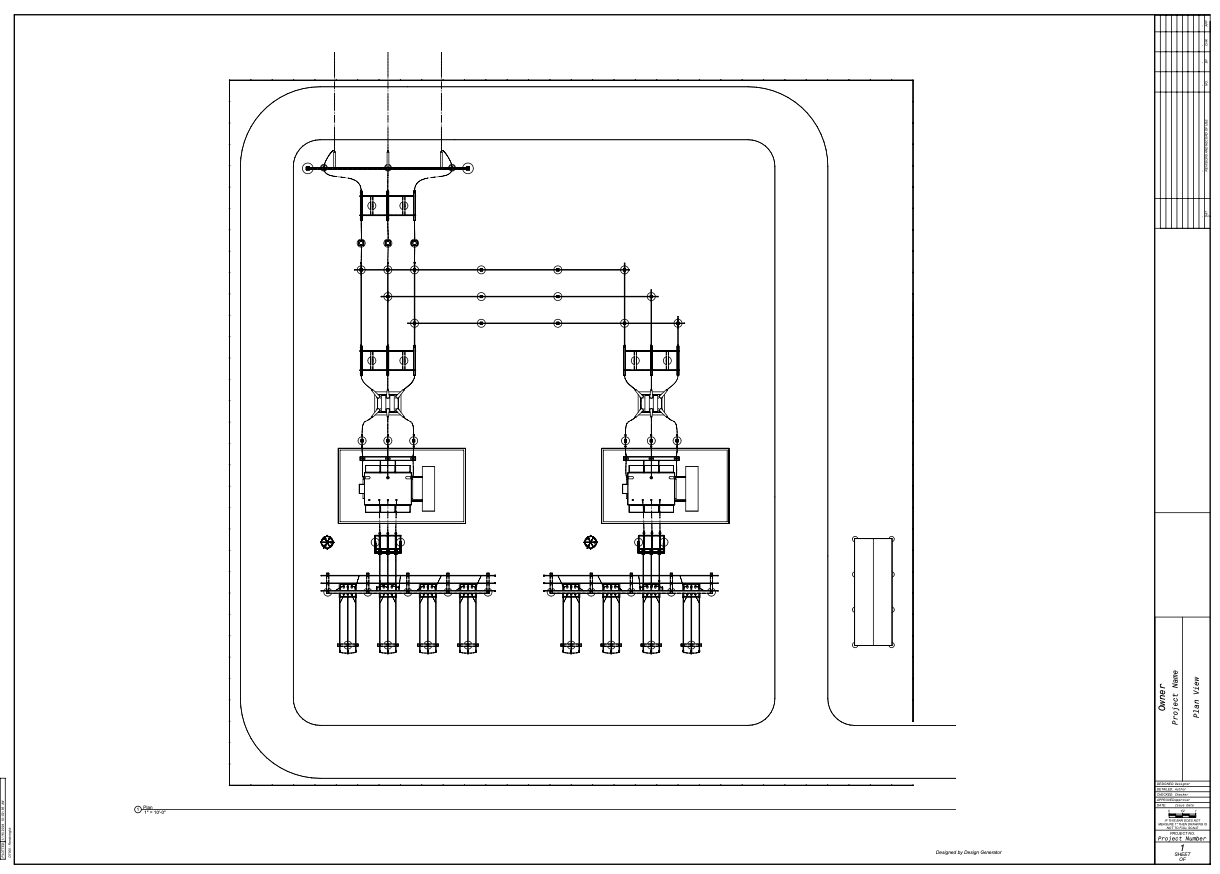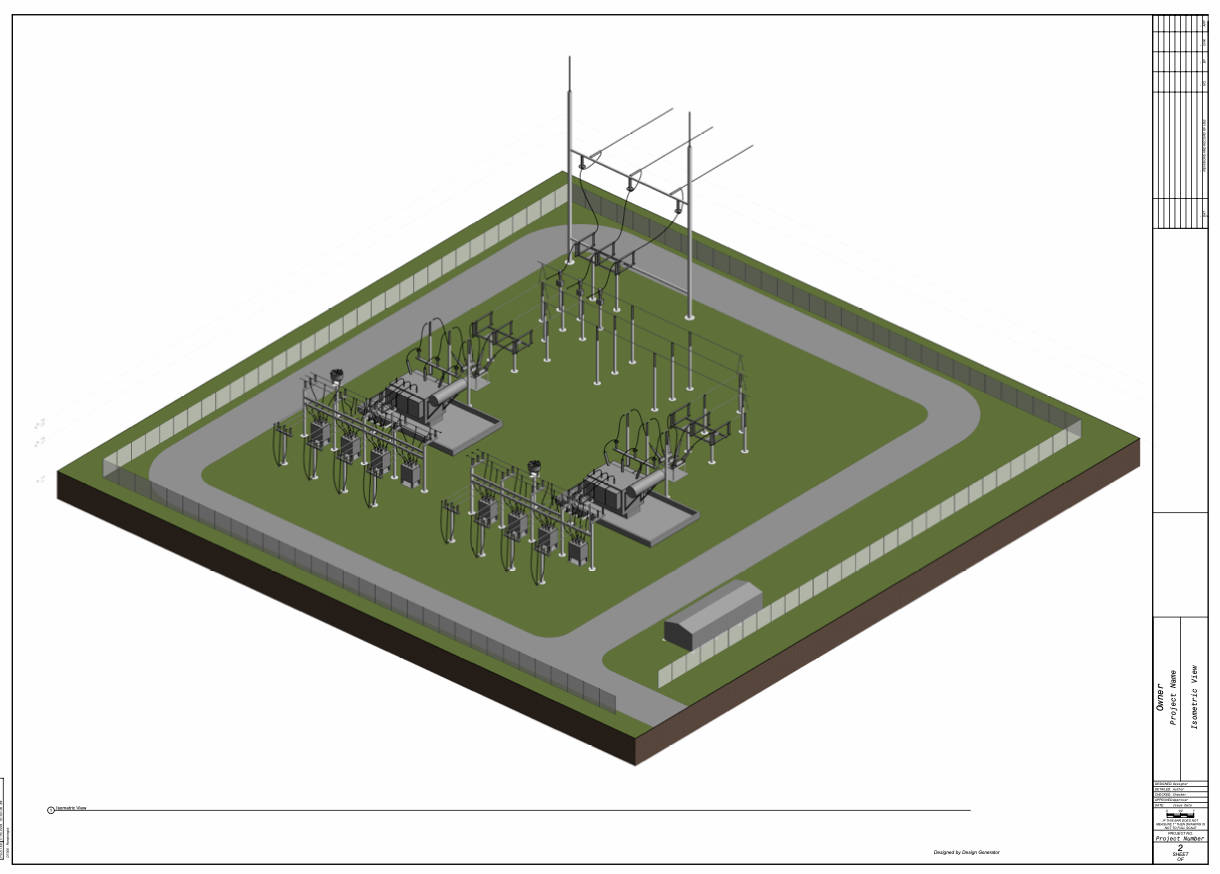Major Power Utility expedites Community Solar Substation Projects with TDG
Transcend Design Generator (TDG) expedited the process of selecting optimal substation locations for a major power utility’s community solar projects. By running multiple conceptual designs and generating detailed documentation, TDG enabled quick decision-making, leading to faster bid solicitation, reduced risk of scope changes, and streamlined vendor evaluation.
Introduction
Learn how Transcend Design Generator (TDG) is revolutionizing the process for a major power utility’s community solar substation projects. By providing rapid conceptual designs and comprehensive documentation, TDG accelerates decision-making, minimizes project risks, and facilitates vendor evaluation, ultimately supporting the utility’s renewable energy goals.
Who
Utility Substation Design Discipline Lead
Utility Supply Chain
Preferred Engineering Firm
Situation
A large investor-owned utility decided to move forward with a trio of large community scale solar projects to meet its aggressive renewable energy goals. General project characteristics were defined including the size of the developments, the general electrical requirements, and possible sites for the location of the new assets.
The Substation Discipline Lead needed to made recommendations on the preferred site locations for the associated substations and solicit bids from the utility’s preferred engineering consultants. The Substation project scoping was behind schedule and a quick turnaround by the substation team was necessary to support the overall project timeline.
Due to the timing of getting the Substation team involved, the Substation portion of the project was considered “Fast Track”, so additional risk management and design due diligence was required from the Substation Design Discipline Lead.
Task
The Substation Physical Design Team reviewed several possible substation locations within each potential site provided by the Development Siting Team.
The Substation Design Discipline Lead worked with Utility Procurement to conduct a “Fast Track” bid with all 4 preferred Engineering consultants. Engineering was looking for opportunities to ensure quality bids from all vendors.
- Developed a Scope of Work that was used to drive a diverse team of Engineering Firms to bid on the engineering package in a way that allowed for an apples-to-apples comparison of their proposals.
- Decreased the risk of scope changes during the detailed design and construction phases
- Evaluated the suitability of multiple sites
Action
Using TDG, the Substation Design team ran several conceptual designs for each potential site. Based on the TDG-generated layouts, the team identified which sites are the most preferable when considering constructibility and long-term maintainability of the asset.
- The Substation Design team made same-day recommendations for each project including substation footprint and proposed layouts.
Using the same outputs used to develop the Substation siting recommendation, the Substation Discipline lead built a high-fidelity scope of work to be included in the RFP being assembled by the Supply Chain Team.
- Instead of supplying only a narrative description of the site locations, required substation size, and preferred topology, the RFP included strong conceptual design documentation including a Single Line Diagram, General Arrangement, and Electrical Bill of Materials.
The Utility Procurement Team quickly posted a comprehensive RFP for solicitation, due to the quick turnaround of the Scope of work by the Substation Design Team. The Procurement team noted that the preferred engineering vendors should be able to provide quick responses due to the pre-work and specificity in the RFP completed by the Utility Substation Team.
Results
After 15 different substation designs, 5 options for each of the 3 proposed locations, the location most suitable was selected, and the preferred design configuration was provided to the supply chain with all associated engineering documentation. This led to a faster solicitation for Bid as well as mitigated risk associated with bids providing low-fidelity technical requirements.
All 4 engineering firms responded to the RFP within the allowed time, due in large part to the guesswork being taken out of the technical preferences of the bid evaluators. Additional time was saved by needing to do only limited validation of Site layout requirements for each of the 3 community solar sites.
The Bid Evaluation team was pleased to find that all 4 vendor bids were within 20% of each other in the category of cost and schedule. The bid evaluators were able to make apples-to-apples comparisons between vendors as the underlying design solutions were highly similar.
One preferred Engineering consultant identified an opportunity to include additional maintenance considerations in their proposal. Extra time was provided to do this because the physical design engineers who would normally spend time validating substation layout fit, were instead able to spend time on substation layout optimization due to the technical information provided in the RFP.
- https://cosmosocial.unitepc.edu.bo/
- oyo288
- slot 4d
- oyo288
Clients
Resources
Industries
Solutions




 WWTP Design
WWTP Design  Substation Design
Substation Design  Utility Interconnection Hub
Utility Interconnection Hub  White Label Proposal Generator
White Label Proposal Generator  PFAS Feasibility Study
PFAS Feasibility Study  Booster Station Design
Booster Station Design  Value Discovery Program
Value Discovery Program